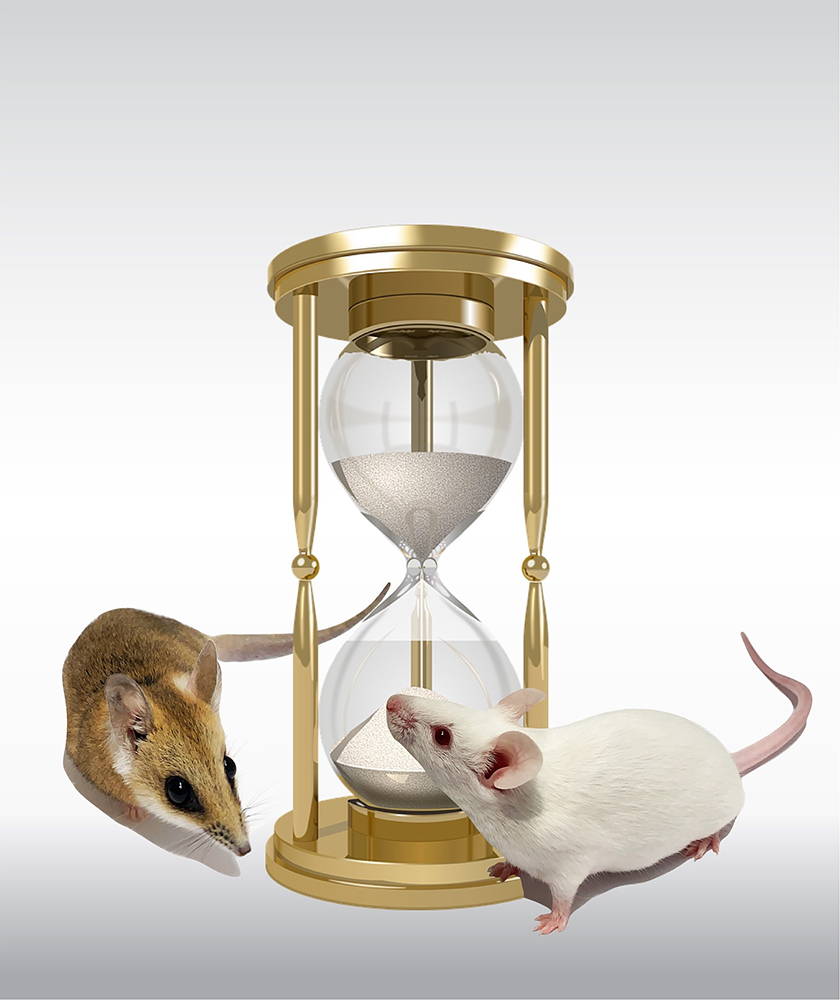Queensland Brain Institute researchers have discovered that a small change in the timing of gene activity may have triggered the evolution of our brain’s corpus callosum, one of the most remarkable events in the evolution of mammalian brains.
QBI’s Professor Linda Richards, Dr Rodrigo Suarez and their colleagues have shown that the timing of gene activity plays an important role in the development and evolution of brain connections in animals and provides new insight into how these connections can change in some neurological diseases.
“The most extraordinary part of the human brain is the cerebral cortex – the wrinkly outermost layer of the brain, which processes almost all of our senses, motor commands and conscious thoughts,” explains Dr Suarez.
“The cerebral cortex is divided lengthways into two halves, or hemispheres, and previous research has shown that brain connections between these hemispheres can be dramatically different across mammalian species.”
Australian marsupial helps gene discovery
Placental mammals, including humans, have a corpus callosum, which is a bundle of nerve fibres that enables both sides of the brain to communicate and send signals to each other, he explains.

“Other mammals – marsupials and egg-laying monotremes – don’t have a corpus callosum, instead brain hemispheres are connected by an older route, called the anterior commissure” he says.
To find out how the corpus callosum evolved, Suarez and his colleagues at QBI examined genes involved in the development of brain connections in fat-tailed dunnarts (a mouse-sized Australian marsupial) and compared them with the same genes in mice (a placental mammal).
They discovered these genes were highly similar between fat-tailed dunnarts and mice.
“In particular, we found that two regulatory genes, Satb2 and Ctip2, which are well-known to specify the identity of cerebral cortex connections in mouse, were surprisingly similar in the marsupial, despite the enormous difference in brain connectivity.”
“Incredibly, the major interspecies difference we found was in the timing of when one of these genes, Satb2, was turned on during development.”
Timing of gene activation crucial
They showed that Satb2 is activated early in development in fat-tailed dunnarts, but much later in development in mice.
When Suarez and his colleagues artificially turned this gene on early in mice, matching the timing of the marsupial, the resulting brain connections were more similar to those found naturally in marsupials.
“This points to timing being a very important factor in the evolution and development of cerebral cortex connections, and may begin to explain how the same genes can be redeployed with different timings across evolution to create a diversity of brains and behaviours,” says Suarez.
“This is also an example of how evolution can generate new complex traits by subtle changes of regulatory gene networks.”
Suarez also notes that brain connectivity is altered in several neurodevelopmental disorders, and that research comparing different animal species can provide critical new knowledge applicable to humans.
“By understanding how development of brain connections changed across evolution, we can form a better understanding of how and why they change in human disease, and perhaps identify new avenues for early diagnosis or treatment where needed.”
The study was funded by the Australian Research Council and has been published in the Proceedings of the National Academy of Sciences.



